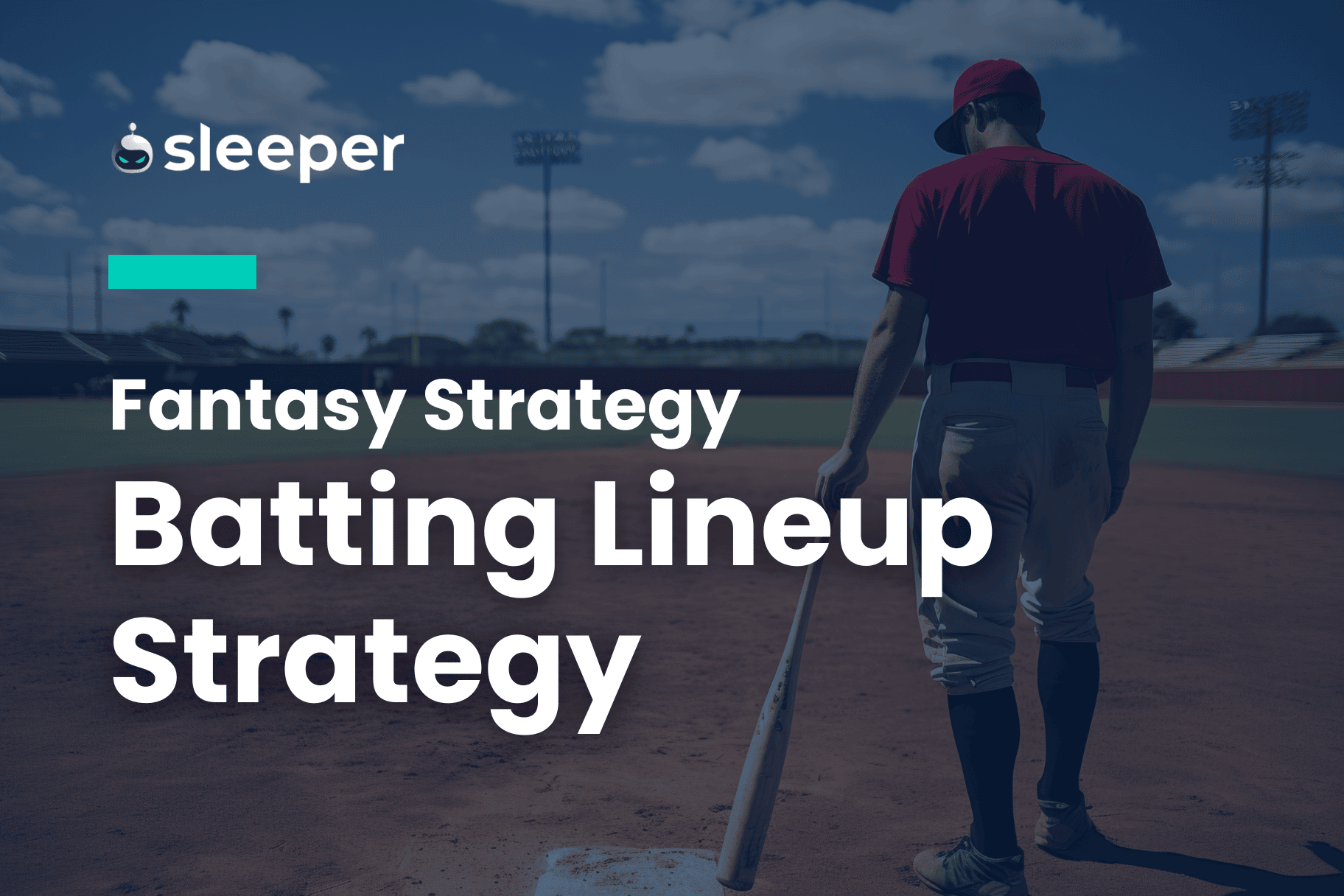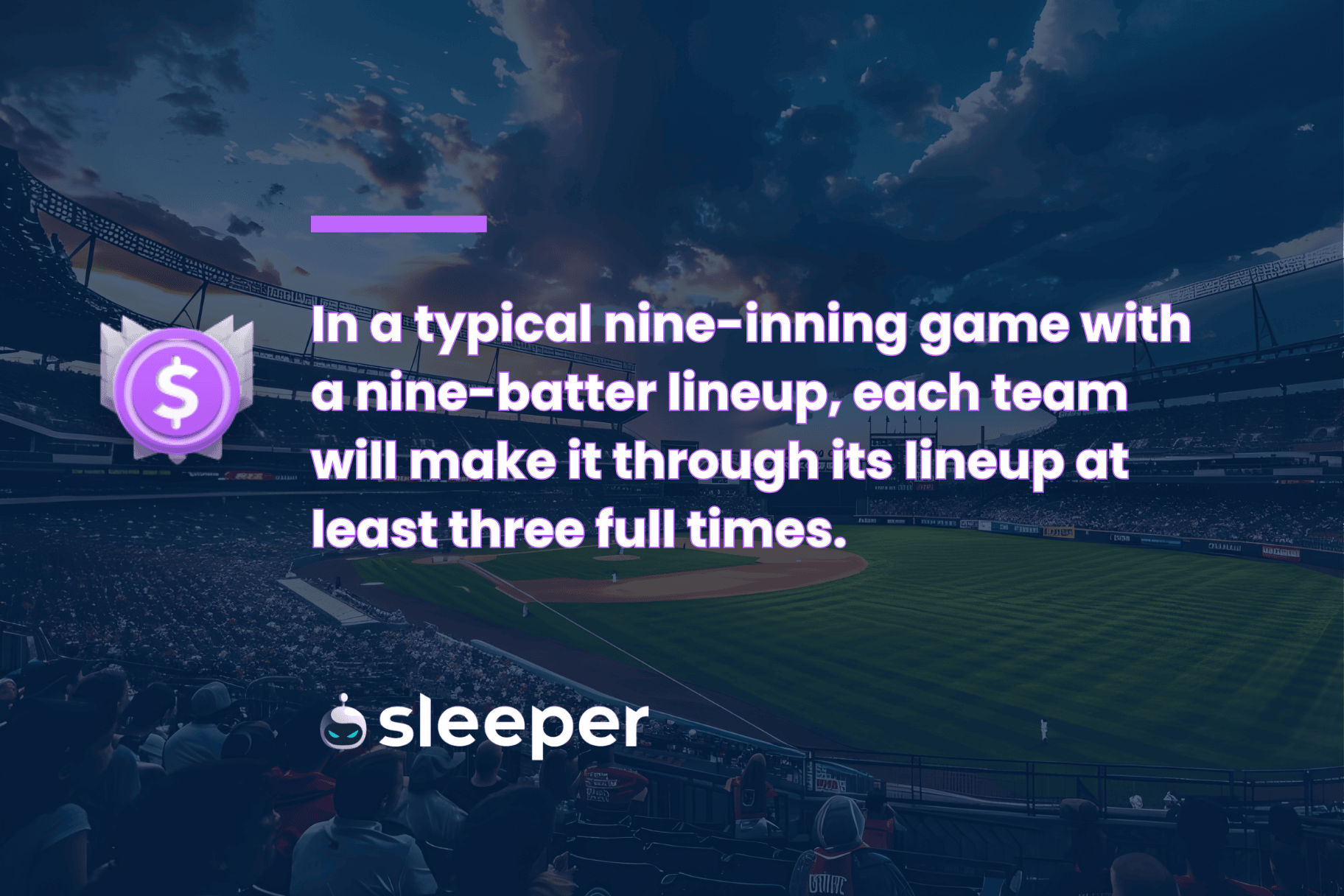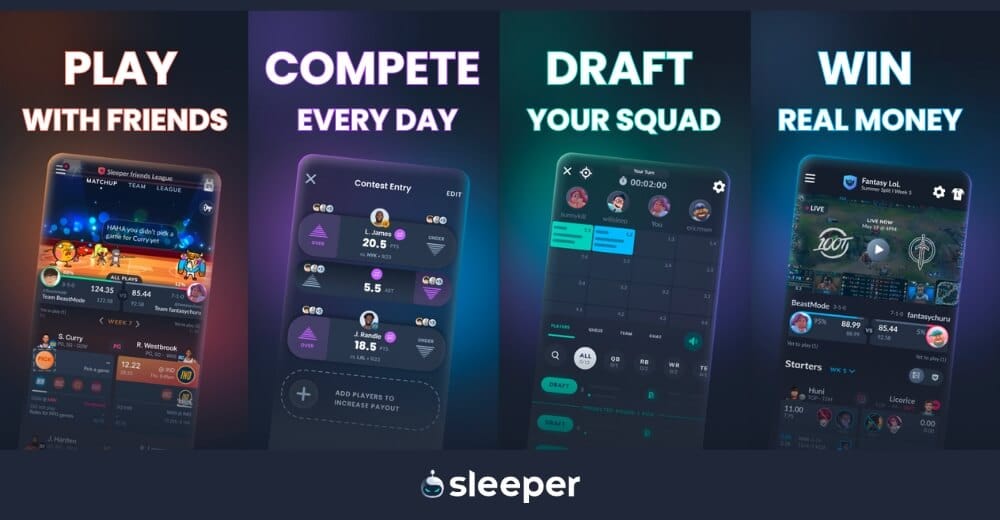The art of putting together a baseball lineup has changed in recent years, but figuring out what works best for a team might be the most important part of a manager's job.

A chain is only as strong as its weakest link, and a poorly constructed batting lineup could wreak havoc on a baseball team’s chances. As such, it’s crucial to consider the strengths and weaknesses of each of your hitters when assembling a lineup.
It is a bit like a barbecue recipe, in that there’s no one magic formula. Sometimes you’ve just got to tinker with the ingredients until you find what works best for your secret sauce.
But knowing where to put your power hitters, how to maximize at-bats and when to consider a bunt or two can be a real game-changer.
Let’s walk through some baseball coaching philosophies for the optimal batting order.
What Is the Batting Lineup?
The batting lineup or batting order is the rotation in which players step to the plate to hit throughout the game. Once the team has made it to the bottom of the order, it starts over again from the top of the lineup.
The lineup must be set before the game begins, and the order cannot change. A player can be replaced by a pinch hitter, pinch runner or defensive replacement, but that new player is slotted precisely into the spot in the order that had been occupied by the player being replaced.
If a team makes it through its lineup in a single inning, that is called “batting around,” and it is always a deflating stretch for the opposition.
In a typical nine-inning game with a nine-batter lineup, each team will make it through its lineup at least three full times. However, the average over the course of a full Major League Baseball (MLB) season is slightly more than four revolutions per game. There were 37.9 plate appearances per team per game in the 2023 campaign.
Now, let’s talk strategies for setting a lineup, which have changed considerably in recent years.

Traditional Batting Lineup Strategy
For decades, there was a traditional formula for setting a batting lineup. Maybe the manager tweaks things a little bit depending on whether the opponent has a left-handed or right-handed starting pitcher for that game, and there are some differences depending on whether we’re talking about softball, youth baseball, MLB or somewhere in between. But this was the general approach:
Leadoff
Best at getting on base, which typically goes hand-in-hand with being one of the fastest runners on the team. There’s nothing quite like starting the game off with an immediate baserunner who is also a threat to steal.
No. 2 Hitter
A good hitter, but not your best power hitter. Usually your best contact hitter, and ideally someone with a good amount of speed. Sort of a strikeout-averse happy medium between the leadoff hitter and the heart of the order.
The No. 2 hole is a great spot for a high batting average player or someone who can be trusted to execute a hit-and-run.
No. 3 Hitter
Your best pure hitter. Babe Ruth spent most of his career batting third. So did Mickey Mantle. And Hank Aaron. And Ted Williams. You get the idea. You definitely want some home run potential from this spot in the order, but mostly a solid on-base percentage.
No. 4 Hitter (Clean-Up Spot)
Your primary slugger, and your primary source of RBI if the first three hitters are good at what they do. It’s called the clean-up spot because this is the player you most expect to clear the bases with a big hit.
No. 5 Hitter
Sort of a back-up clean-up spot, and a crucial one as far as lineup protection is concerned. The No. 5 hitter needs to be able to make the opposing team pay for walking the clean-up hitter, or else it’s going to do so on a regular, intentional basis.
No. 6 Hitter
No. 7 Hitter
No. 8 Hitter
It’s pretty much dealer’s choice with these three spots. Maybe you put the best baserunner of the three at No. 6 as something of a second leadoff hitter for the bottom half of the order, but this is predominantly the tinkering portion of the lineup. Simply oscillating between left-handed and right-handed hitters as much as possible in the second half of the lineup is usually the way to go.
No. 9 Hitter
The weakest hitter. Before the designated hitter became universal, the pitcher was almost always the No. 9 hitter in the National League.
Preferably, the player in this spot has at least some semblance of speed, so they aren’t slowing down the leadoff hitter if they do get on base. But if you have someone with a great glove and a weak bat, this is where that worst hitter belongs.
See also: What Are the Positions in Baseball?
Your Best Hitter in the 2nd Spot?
It’s tough to pinpoint when exactly this philosophical shift in lineup building first started, but at some point in the past 15 or so years, baseball analysts (and eventually managers) realized that the top of the order gets the most plate appearances, resulting in many MLB teams slotting their best overall hitters in the leadoff and/or No. 2 spots.
At an MLB-wide level in 2023, leadoff hitters tallied 22,540 plate appearances as opposed to 20,999 for clean-up hitters. Per team, that’s a difference of about 51 plate appearances over the course of the season that used to go to a light-hitting speedster as opposed to the team’s biggest bopper.
Perhaps the most poignant example of this change in thinking is Kyle Schwarber, who is the complete antithesis of a traditional leadoff hitter. The guy has averaged more than 10 home runs per stolen base over the course of his career while also striking out in more than a quarter of his plate appearances. Yet, he has made a quite successful home in that leadoff spot with his ability to draw walks and occasionally open up a game with a 400-foot bomb.
It goes well beyond Schwarber, though. Mookie Betts and Ronald Acuña Jr. would’ve been traditional No. 3 hitters a decade ago, but they have been sensational leadoff hitters throughout their careers. Meanwhile, elite hitters like Shohei Ohtani, Mike Trout, Juan Soto, Aaron Judge, Bobby Witt Jr., Fernando Tatis Jr., Corey Seager and plenty of others have been regulars in the No. 2 spot, generating annual MVP consideration from a spot in the lineup that used to be reserved for some light hitter who could be counted on to move the leadoff runner up a base.
There’s a bit of a trade-off, of course. Putting your best slugger at the top of the order reduces their RBI opportunities. Still, it’s hard to argue with getting your best hitters as many trips to the plate as possible, as it didn’t keep Betts, Acuña or Schwarber from eclipsing 100 RBI in 2023.
Impact of Batting Lineups on Fantasy Baseball, DFS
The two-pronged big thing to keep in mind when it comes to combining real-life batting lineups with fantasy baseball (and DFS) is number of expected plate appearances and likely run/RBI opportunities.
On the former front, we’ve already discussed the fact that the top of the order inherently gets the most plate appearances. A team’s leadoff hitter will typically get around 100 more plate appearances than its No. 7 hitter — and is almost always going to be the better hitter in the first place.
For the latter, consider both where in the order the batter hits and how potent the rest of that lineup is. The best hitter on what is otherwise a brutal offense might be lucky to average half a run or half an RBI per game, while even the eighth-best hitter in the league’s best offense seems to be incessantly batting with runners on base and coming around to score after most of their hits.
As far as drafting for season-long leagues is concerned, there’s only so much lineup-based prep you can do. But when it comes to Daily Fantasy Sports, checking and contemplating the lineups is non-negotiable. That one additional plate appearance and the likelihood of extra RBI chances can make a world of difference.
Frequently Asked Questions
How does the handedness of hitters factor into setting a batting lineup?
Oscillating between left-handed and right-handed hitters is a nice perk. It could keep the starting pitcher from settling into a groove, and it makes the opposing manager think harder about when and where to deploy his relief options. But getting a solid L-R-L-R rotation in the lineup is of secondary concern to putting together a good, balanced attack.
Where should your best hitter be in the lineup?
Definitely in the top three. If your best hitter doesn’t even bat in the first inning, you’ve screwed something up. But whether that star is in the leadoff, No. 2 or No. 3 spot is up to you. If the player has any speed at all, though, you might as well go leadoff to maximize plate appearances.
Does batting order actually matter?
As the great Yogi Berra once said, “Baseball is 90% mental. The other half is physical.” Sometimes a manager will use the batting order as a slump-buster, moving players around in the lineup in hopes of sparking something. But, yes, batting order matters, and putting together the best one possible is a huge part of managing a baseball team.
Step Up to the Plate With Sleeper
Now that you know a little more about the art of putting together a winning baseball lineup, perhaps you fancy yourself better positioned for fantasy baseball domination.
If so, give Sleeper a try. The app is top notch, and the fantasy offerings are plentiful, including MLB fantasy news alerts. And if you want to try your hand at cash games, check out Sleeper Picks, where all you do is pick two or more players and predict whether they will do better or worse than their daily projected stats (runs, hits, HR, etc.).




